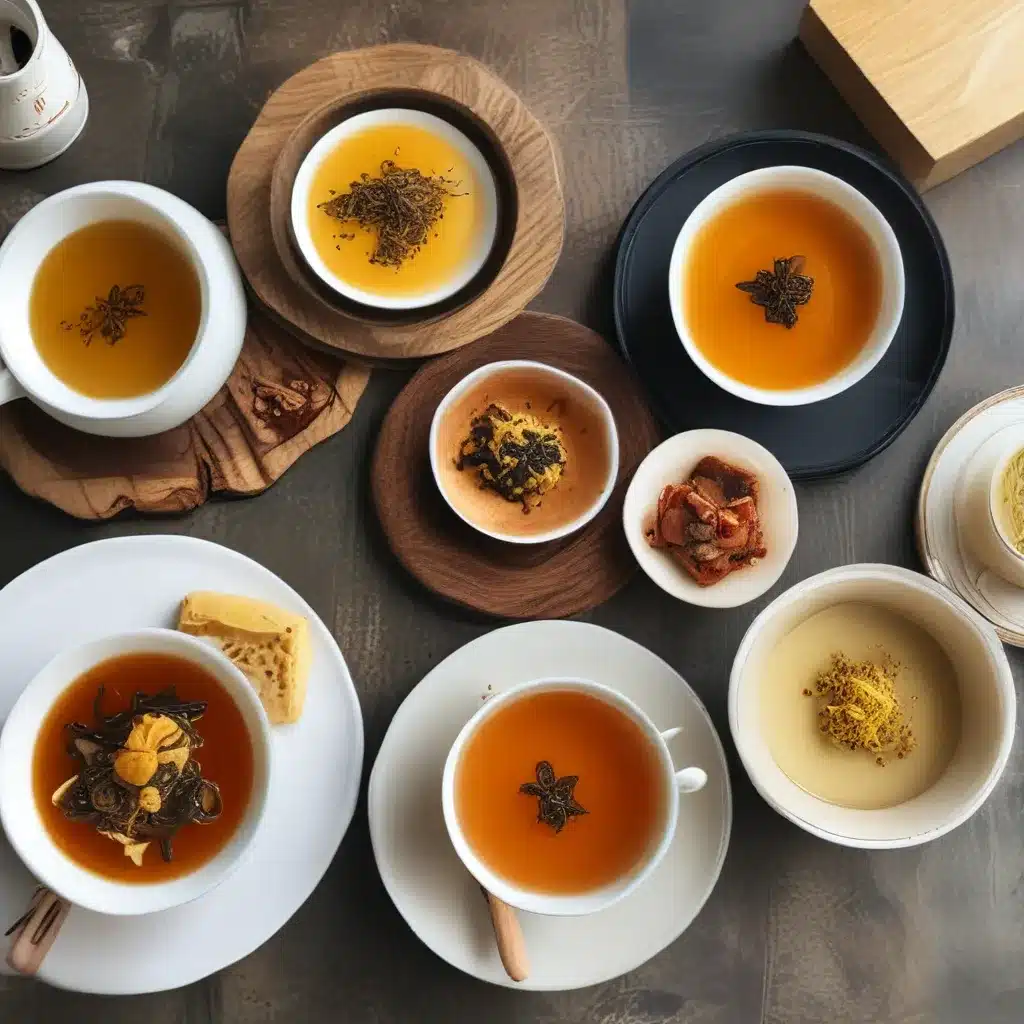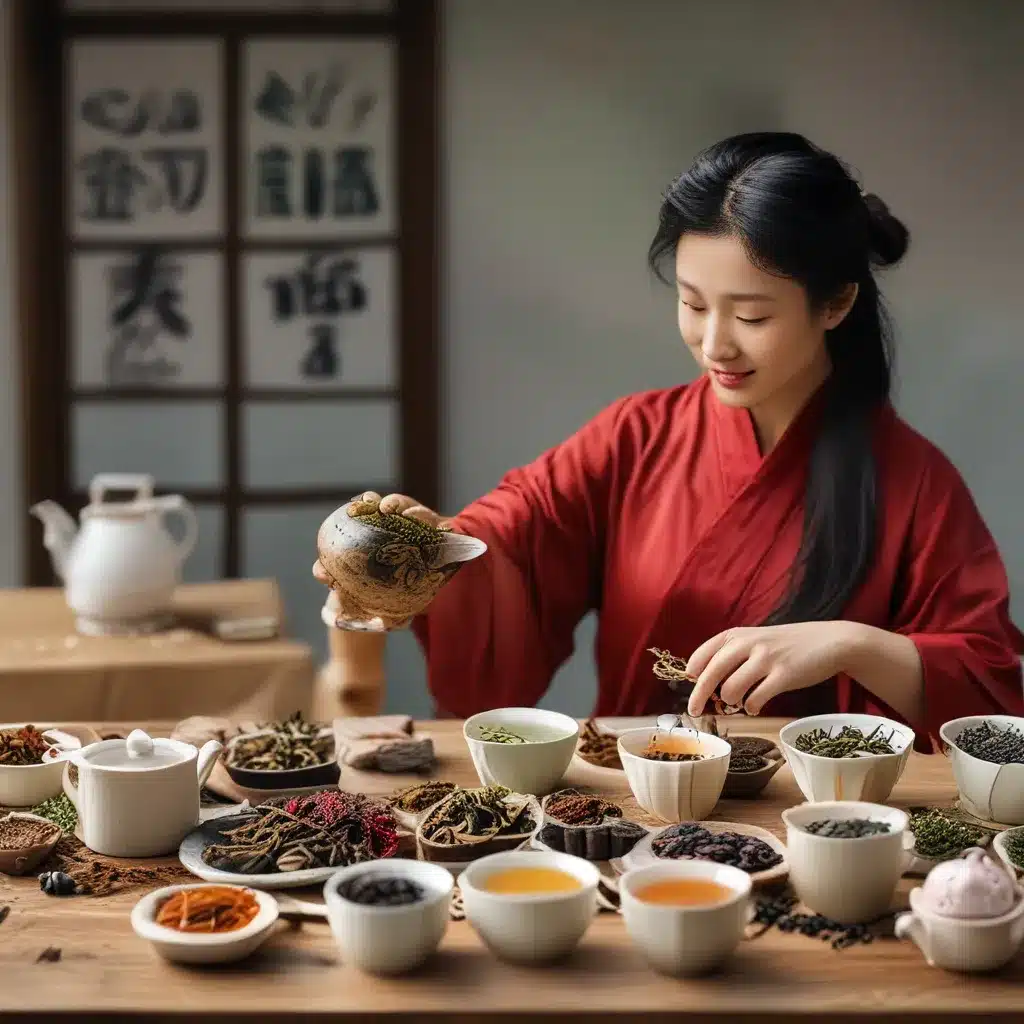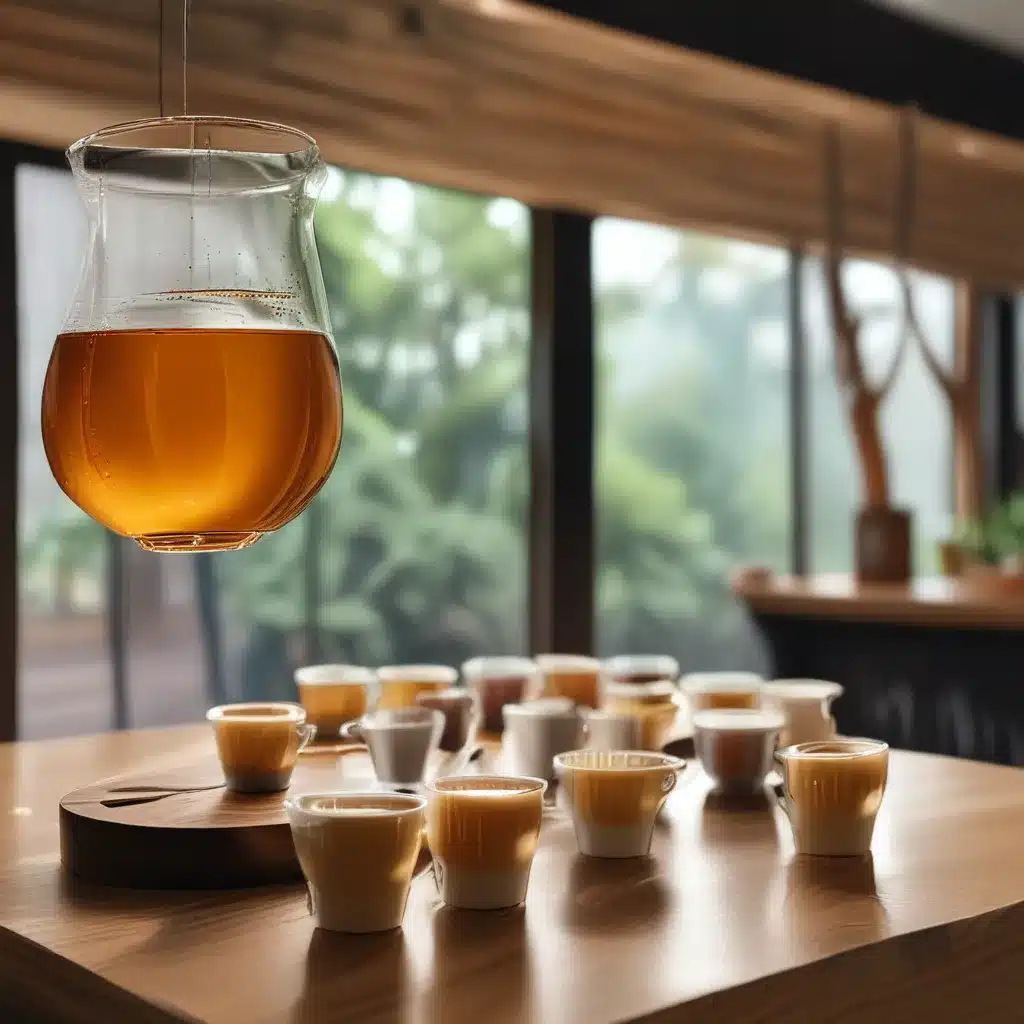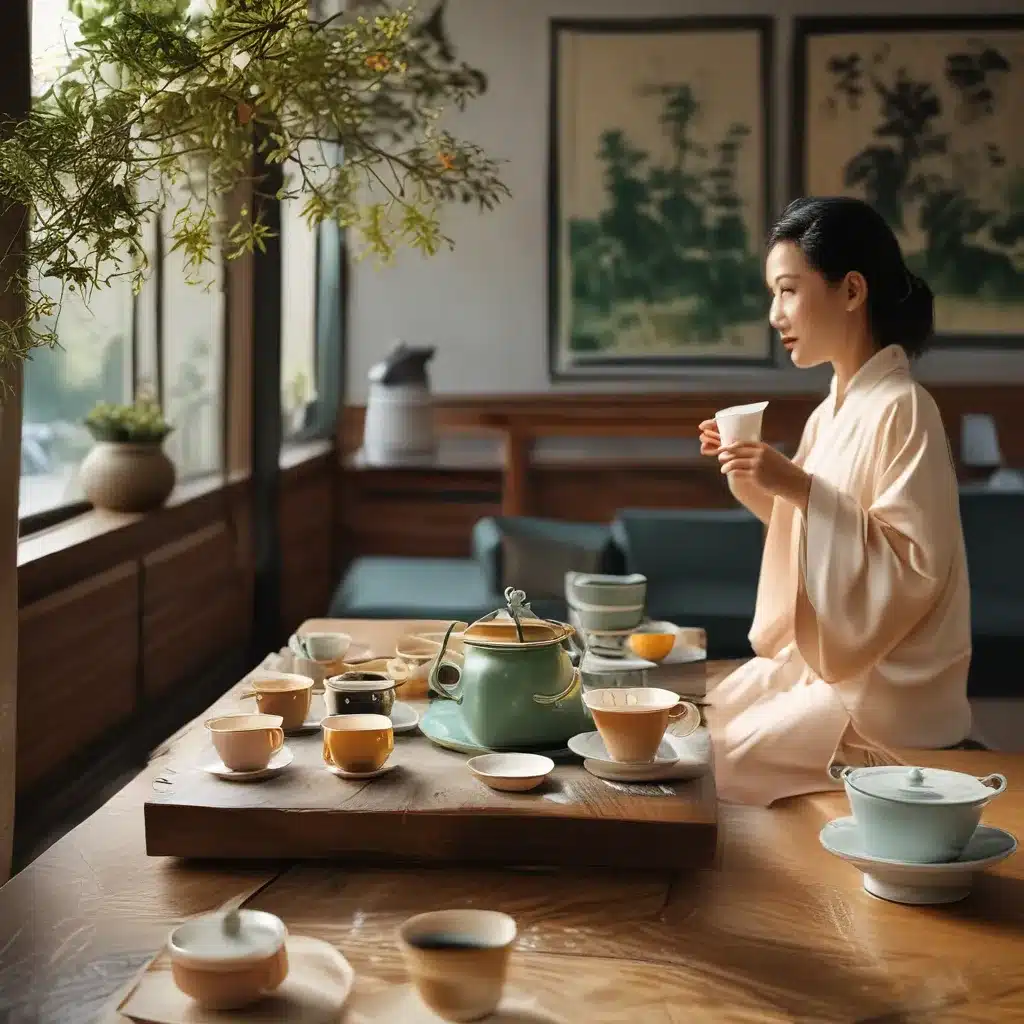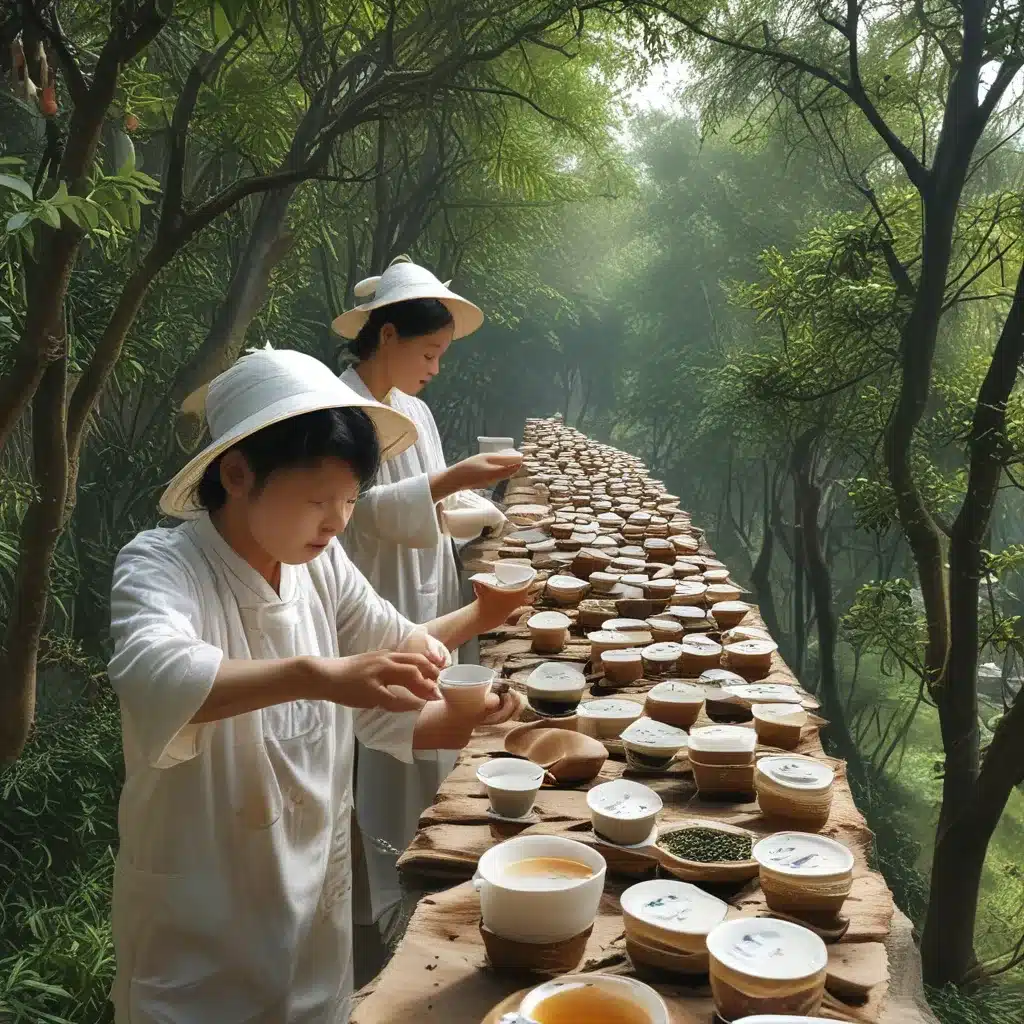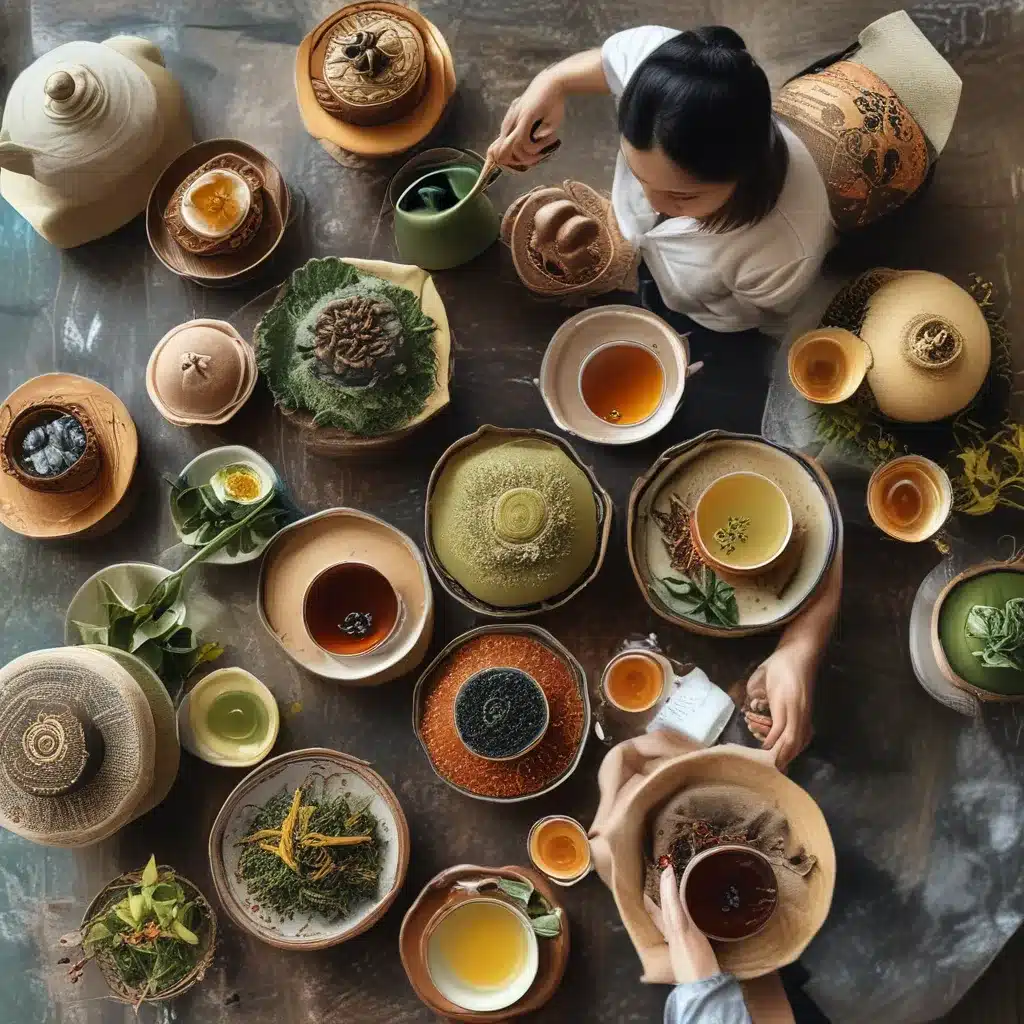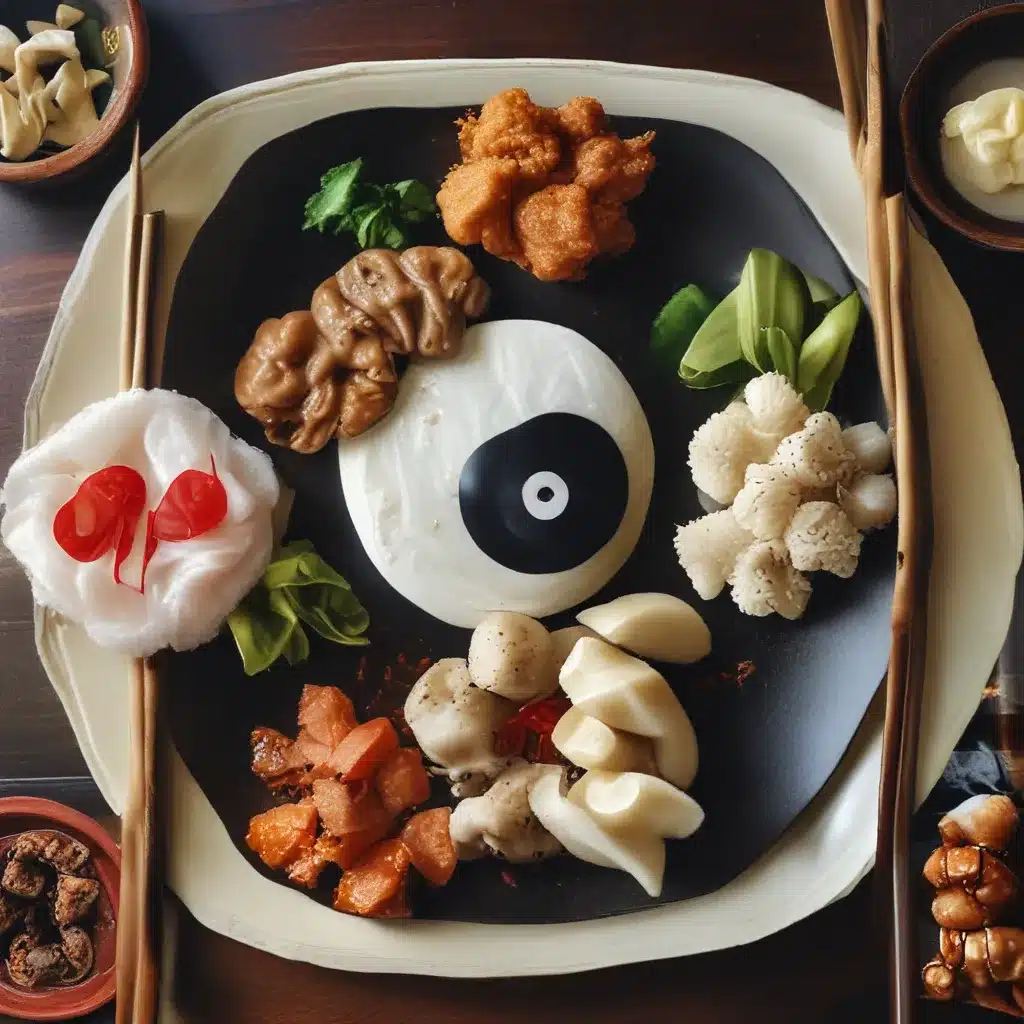
Unraveling the Mysteries of Yin and Yang in Chinese Cuisine
As I step into the bustling kitchen of One Dragon Restaurant, the aromas of sizzling garlic, fragrant ginger, and soy-infused meats immediately transport me to the heart of Shanghai. This renowned Shanghainese eatery is known for its masterful balance of flavors – a harmonious dance between the yin and yang that lies at the core of Chinese culinary philosophy.
Growing up in a traditional Chinese household, I was no stranger to the concept of yin and yang. My grandmother would often scold me for indulging in too many ‘heaty’ foods, warning that it would disrupt the delicate equilibrium within my body. Back then, I must admit, I found the whole idea a bit mystifying. How could a steaming bowl of wonton soup be considered ‘cooling’ while a refreshing mango smoothie was deemed ‘warming’? It just didn’t make sense to my young, Western-influenced mind.
However, as I’ve grown older and immersed myself deeper into the rich tapestry of Chinese culture, I’ve come to appreciate the profound wisdom behind this ancient principle. According to Traditional Chinese Medicine (TCM), the concepts of yin and yang represent the fundamental opposing yet complementary forces that govern all aspects of life, including the foods we consume. Yin is associated with the feminine, cooling, and introspective, while yang is the masculine, warming, and outward-facing counterpart. Maintaining a harmonious balance between these two energies is crucial for optimal health and well-being.
Decoding the Yin and Yang of Shanghainese Ingredients
As I delve into the menu at One Dragon Restaurant, I’m struck by the careful consideration the chefs have given to the yin-yang balance of each dish. Take, for example, the ubiquitous Shanghainese dish, xiaolongbao (soup dumplings). The delicate, thin-skinned dumplings, filled with a savory broth and pork, represent the yin – the cooling, nourishing qualities of the water and meat. The act of biting into the dumpling and slurping up the hot soup, on the other hand, embodies the warming, energizing yang.
The chefs at One Dragon Restaurant are masters at blending the opposing forces of yin and yang in their ingredient selection. They might pair the cooling cucumber with the warming garlic and ginger, or balance the richness of pork with the bitterness of Chinese greens. Even the beverages reflect this delicate balance – a refreshing chrysanthemum tea to quench the fire, or a robust black tea to invigorate the senses.
One of the key principles of Shanghainese cuisine is the concept of ‘cooling’ and ‘heating’ properties in foods. Generally, foods like seafood, vegetables, and fruits are considered ‘cooling’, while meats, spices, and fried dishes are ‘heating’. The skilled Shanghainese chefs understand that a perfect meal is one where these opposing forces are artfully balanced, creating a harmonious and satisfying dining experience.
Striking a Chord with Your Body’s Unique Yin-Yang Rhythm
Of course, the notion of yin and yang isn’t just limited to the culinary world – it’s a fundamental principle that permeates all aspects of Chinese culture and philosophy. And when it comes to our individual bodies, the yin-yang balance is just as crucial.
Each person has a unique manifestation of yin and yang within their body – some may be more ‘yin-dominant’, feeling the cold more acutely and craving warming, nourishing foods, while others may be ‘yang-dominant’, prone to overheating and in need of cooling, soothing sustenance. The key is to tune in to your body’s unique rhythms and adjust your dietary choices accordingly.
As I sit down to enjoy a feast at One Dragon Restaurant, I can’t help but marvel at how the chefs have masterfully orchestrated the yin and yang elements of each dish. The delicate, silky tofu is balanced by the robust, umami-rich braised pork belly. The refreshing cucumber salad cuts through the richness of the crispy-skinned roast duck. It’s a symphony of flavors, textures, and temperatures that leaves me feeling satisfied, yet light and energized.
Embracing the Ever-Changing Yin-Yang Balance
Of course, the yin-yang balance is not a static concept – it’s a constantly evolving dance that shifts with the seasons, our individual constitutions, and even our emotional states. As TCM practitioner Wang Yuxiang writes, “The most important principle of healthy eating is to keep in harmony with one’s natural Qi and inner physiological cycle while remaining flexible according to specific body constitution, age, and conditions under treatment.”
That’s why the chefs at One Dragon Restaurant are always mindful of adapting their menu to reflect the changing needs of their diners. In the sweltering summer months, they might feature more cooling, hydrating dishes like chilled noodle salads and icy mango desserts. As the weather turns crisp in the autumn, heartier, warming fare like braised beef shanks and hearty clay pot dishes take center stage.
At the end of the day, One Dragon Restaurant is not just a place to savor exceptional Shanghainese cuisine – it’s a sanctuary where the timeless principles of yin and yang are celebrated and honored in every bite. By embracing the delicate balance of opposing forces, these culinary maestros have elevated the dining experience to an art form, nourishing both the body and the soul.
So the next time you find yourself craving the bold, umami-rich flavors of Shanghai, I encourage you to embark on a journey of self-discovery through the lens of yin and yang. Let your taste buds be your guide, and allow the harmonious interplay of contrasting elements to transport you to a realm of pure gastronomic bliss.

